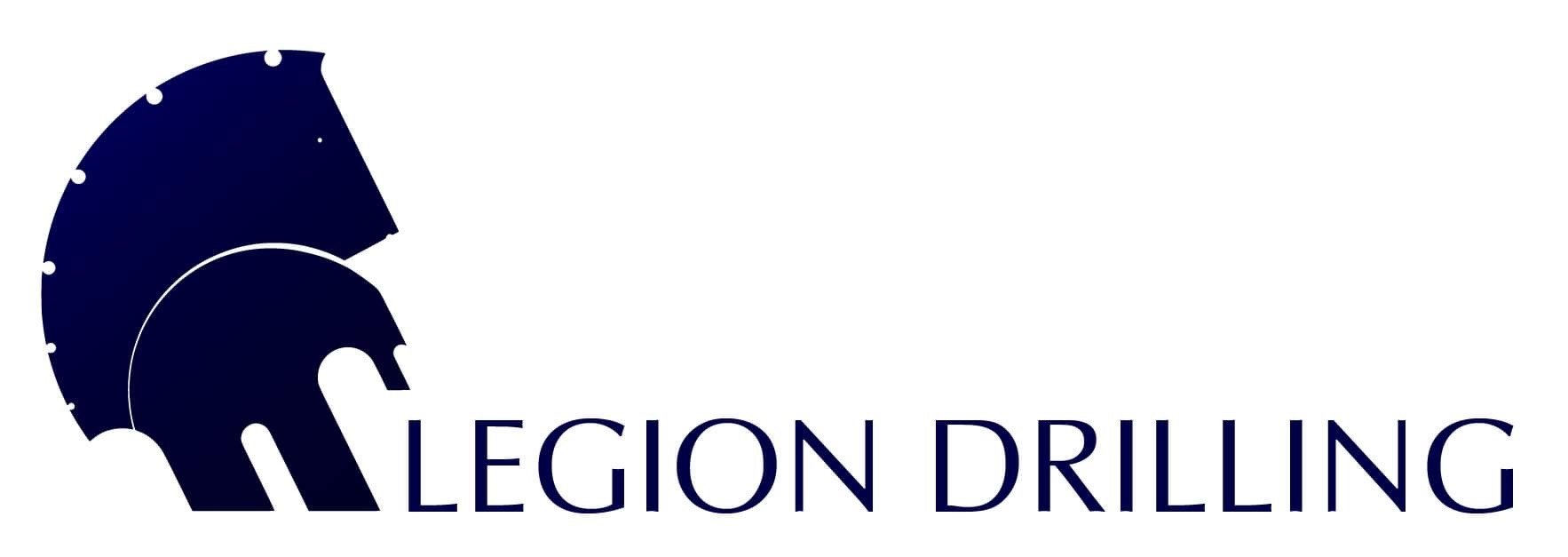Finders River alluvium - SP16 ground water Sampling - Northern Queensland
Figure 1. Direct-push drilling with Geoprobe 7822DT
Collecting groundwater
samples using an inertial pump.
In August 2015, CSIRO contracted Numac Drilling Services Australia to drill 25 shallow direct-push holes in the Flinders River alluvium, at a location approximately 15 km west of the town of Hughenden, Queensland. Amongst the drilling capability offered by Numac, CSIRO employed one of their Geoprobe 7822DT rigs, a high-capacity and highly mobile direct-push drill rig with an SP16 sampler for collecting groundwater samples. This method was highly effective allowing for the efficient collection of the physical and chemical parameters of groundwater to depth of up to 20 m over a reasonably large area.
CSIRO is conducting a proof of concept project that will evaluate direct-push techniques to sample groundwater for environmental tracers in the Flinders River alluvium. The project has two main objectives: 1) provide an alternate method to piezometer networks for collecting alluvial groundwater, in other words a cost-effective method for characterising shallow groundwater resources in remote Northern Australia and 2) enable the characterisation of the hydrogeological properties of the alluvium through collection and interpretation of environmental tracers in groundwater.
"....Due to the remote and exploratory nature of the work, direct-push drilling was utilised without installing permanent infrastructure, to efficiently map groundwater levels, groundwater quality and collect vertical profiles of environmental tracers across a broad area. The drilling equipment consisted of a Geoprobe Systems 7822DT (Figure 1.1) which is capable of rotary air drilling and hydraulically pushing and hammering a variety of tools, rod string and core barrel into unconsolidated sediments, to a maximum depth of approximately 30 m...Over a four day period, a total of 21 holes were drilled up to a maximum depth of 20 m, resulting in a cumulative total of 294 m of drilling. On three occasions, holes were drilled to a maximum of 15 m without encountering sediments yielding sufficient water for groundwater sampling"
Andrew R Taylor
Experimental Scientist | Environmental Tracers and Applications
Water Resources Management
Land & Water Flagship
CSIRO
Groundwater samples including tritium, carbon-14 and the stable isotopes of water, collected using the SP16 sampler




